
| Sidetrips - Montague Island and Mt Dromedary |
Montague Island / Barunguba 
|
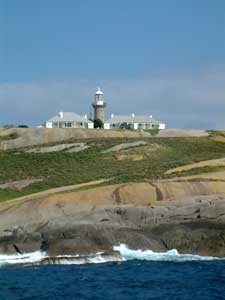 The lighthouse on Montague Island |
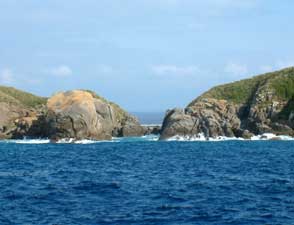 The narrow gap between the northern and southern ends of the island |
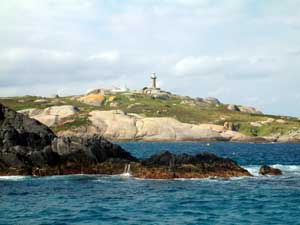 Montague Island profile |
|
||
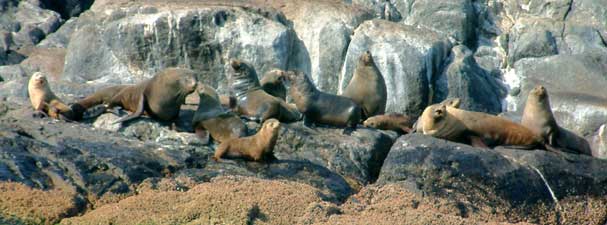 Australian fur seals basking on the rocks |
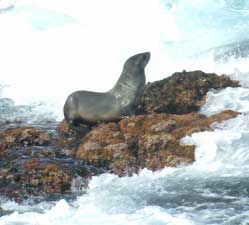 Australian fur seal |
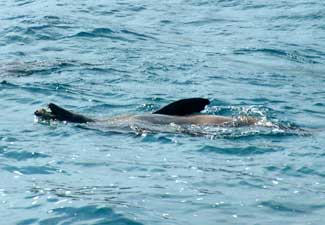 Life's good |
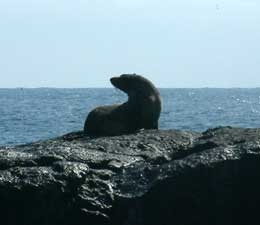 Solitary New Zealand fur seal |
|
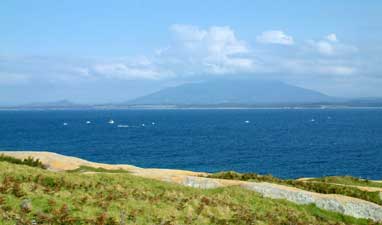 Gulaga looking across the sea to Barunguba |
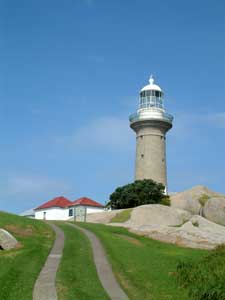 The light house |
Europeans, with a more practical bent, saw the island as an important link for a series of lighthouses to protect shipping lanes along the South Coast and built the lighthouse and attached keepers' cottages from local granite in 1881. Unfortunately, human habitation also led to the introduction of exotic weeds, the control of which remains an ongoing problem for the reserve managers. |
|
 Head keeper's cottage |
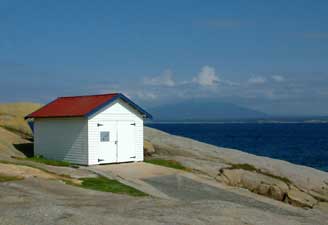 Storage shed with a view |
|
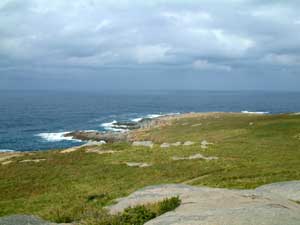 Seabird breeding habitat |
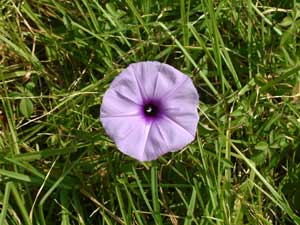 Pretty but unwelcome! Kikuyu and convolvulus, two of the weeds on the island |
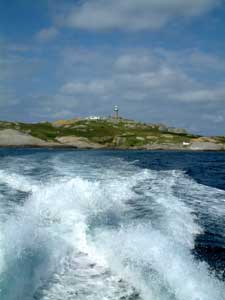 Farewell to Barunguba |
The ranger-guided tour was excellent - giving an overview of the life of lighthouse keepers, a chance to visit the lighthouse and cottages, a tour through areas where fairy penguins, silver gulls and shearwaters breed in summer, and a demonstration of some of the management issues with weeds and the preservation of seabird breeding sites. The island is an important seabird rookery and management currently centres around protecting these. Thanks, Dean. As we returned to the mainland, we reflected on what we had learnt about Barunguba. We felt that we knew our companion of the past few days much better. |
||
     |
Climbing Gulaga |
|
|
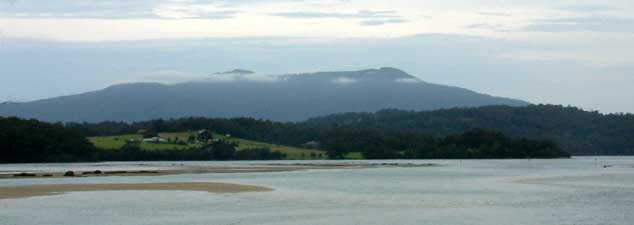 |
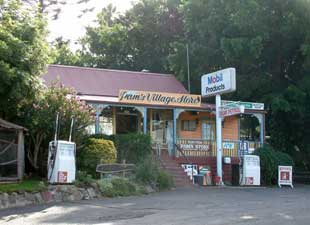 Pam's Store - Tilba Tilba |
It was a clear sunny day when Liz dropped us off at the head of the track, Pam's Store in Tilba Tilba. We set off along a dirt road through the green paddocks of Tilba on the 5.5 km long 750 m climb to the top of Gulaga, passing by weatherboard farm buildings and grazing cows, the forest clad slopes of Gulaga beckoning ahead of us. A pair of wedge-tailed eagles circled lazily in a thermal above us. After 1 km we reached the start of Gulaga National Park and found ourselves in tall eucalypt forest; the path narrowed and steepened as it headed unrelentingly upwards. |
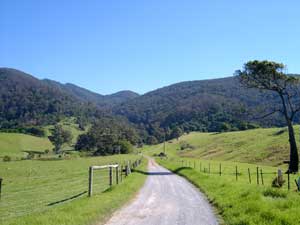 The track leading to Gulaga |
As we gained height, the forest became more humid and tree ferns started to appear along the route. Midway we passed a spot where park rangers were working on a track to some abandoned gold diggings. In the late 19 th and early 20 th centuries, a gold rush turned Gulaga into a mini-industrial site and the consequent erosion and timber cutting left deep scars on the mountain. Fortunately, the gold ran out and the mountain healed itself, leaving some rusting equipment and ruins as the sole reminder of "progress". |
|
|
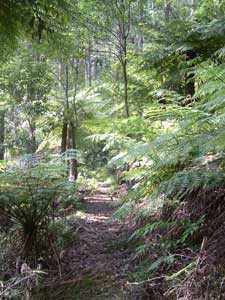 Tree fern lined track on the middle slopes
|
 In the cloud forest of the upper slopes
|
 A massive pinkwood trunk  Giant sassafras |
|
||
|
|
|
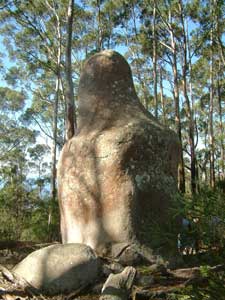 |
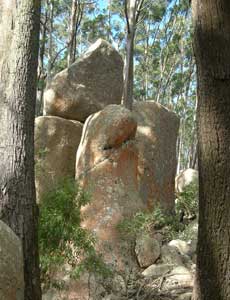 |
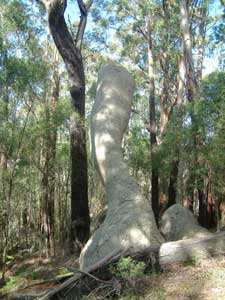 |
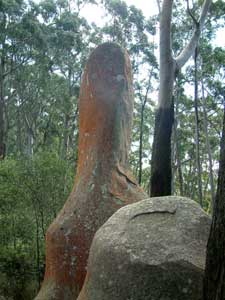 |
These massive granite tors are symbolic stones that were used for the life education of Yuin children
|
 Pink weatherboard exterior of the Dromedary Hotel Central Tilba |
 The changing mood of Gulaga |
     |